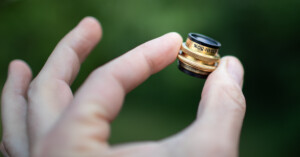
Tiny Lens Creates Huge Headaches for Wet Plate Photographer
Photographer Markus Hofstaetter's wet-plate work often features big, ultra-fast lenses. However, Hofstaetter recently acquired a very tiny lens that has caused him some massive problems.

Photographer Markus Hofstaetter's wet-plate work often features big, ultra-fast lenses. However, Hofstaetter recently acquired a very tiny lens that has caused him some massive problems.
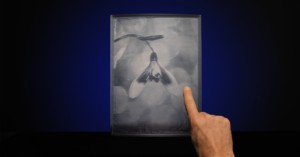
Photographer Markus Hofstätter had been designing parts for his cameras and 3D printing them at home when the idea to try something new struck him: 3D printing photographs. After a lot of trial and error, he successfully found a way to translate wet plate photos into 3D printed pieces.

Photographer Markus Hofstätter is known for pushing the art of wet plate photography in new and exciting ways, but... of course... it doesn't always work out. That's what happened in this video, where Hofstätter tries (and fails) to shoot wet plate photography with autofocus by putting a plate inside a Mamiya 645 AF AFD Polaroid Film Back.
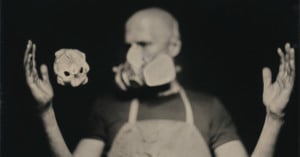
Photographer Markus Hofstätter has made a name for himself by pushing wet plate photography to new heights, trying things others have never even thought to do. Today brings yet another example of his creativity, as he sets out to create an animation using, not digital files, but wet plate collodion tintypes.
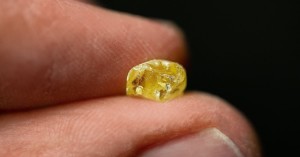
Wet plate photography master Markus Hofstaetter—a frequent guest author on PetaPixel—recently embarked on another photography experiment. Using pebbles of sandarac resin, he made his own Renaissance-era varnish for his finished wet plates.
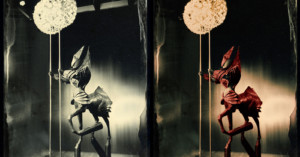
Fine art photographer Borut Peterlin was recently commissioned to shoot some ambrotypes by costume designer Alan Hranitelj, but he went a few steps beyond your standard wet plate collodion photography. In addition to shooting some beautiful multiple-exposures, he also decided to colorize the scans, creating striking photographs the likes of which we've not seen before.
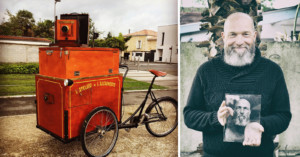
Michaël Tirat, a wet plate photographer based in Bordeaux, France, has created something pretty special. In an attempt to make his photography services more portable, he's created a mobile darkroom on a tricycle that enables him to capture wet plates photography all over the city.
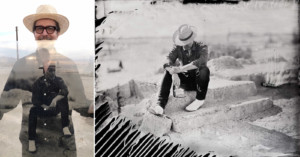
Capturing beautiful stories. That's what wet plate photographer Ian Ruhter set out to do for his 3-year project at Slab City. But some of the most meaningful moments actually transpired within 48 hours, when English actor Gary Oldman paid Ruhter and his crew a surprise visit.
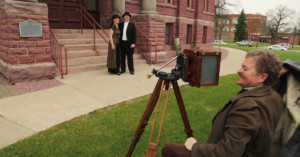
Minnesota’s Pioneer Public Television made this 12-minute mini-documentary about wet plate photography and photographer David Rambow. Rambow discusses the …
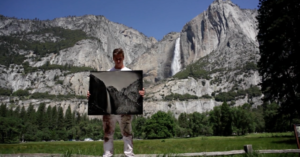
Two years after photographer Ian Ruhter tried to capture photographs of the Yosemite Valley using the world’s largest wet plate collodion camera and suffered a "devastating failure," he decided to chase this seemingly impossible dream again.
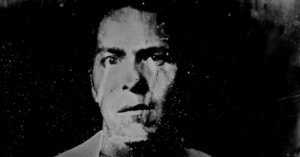
If you don't really think about it, it's easy to take video for granted. After all, you can pull out your cell phone and be recording video in a few seconds flat (even fewer if you have Pressy). But what if you were limited to older photographic techniques? No, we don't mean film, we mean wet plate photography.
Capturing even a 12fps animation for only a few seconds would seem an enormous task, and yet, that's exactly what director Kellam Clark and his 40-person crew -- altogether The Living Tin -- are doing. They're shooting video made entirely of collodion tintypes.
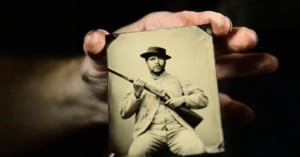
Wet plate photographer Rob Gibson believes that there are those among us who are "flame-keepers of the past," and if such people exist, he is certainly one of them. Like the others out there who continue to practice age-old photographic techniques such as the daguerreotype or wet collodion process, his passion harkens back to a simpler time -- a time he does his best to recreate with 100% accuracy through his lens.